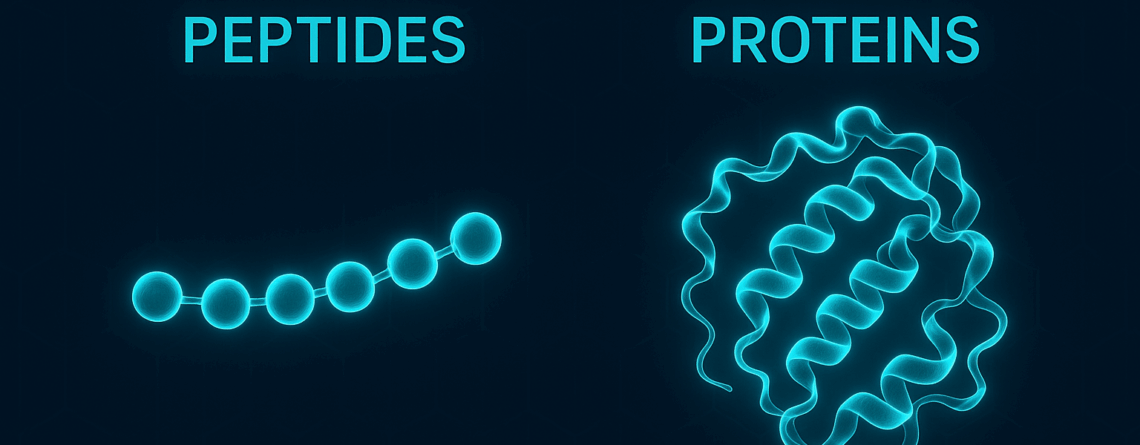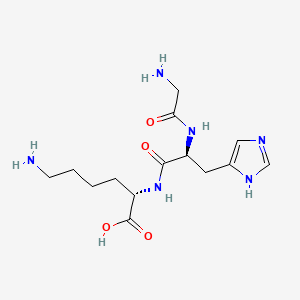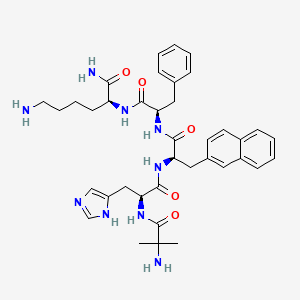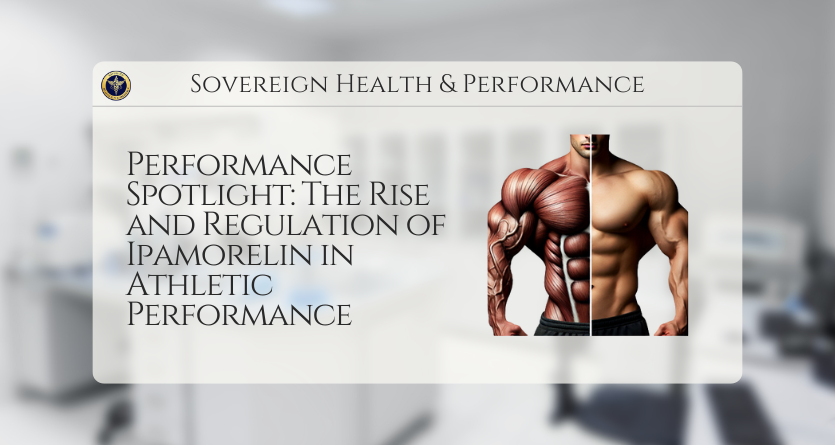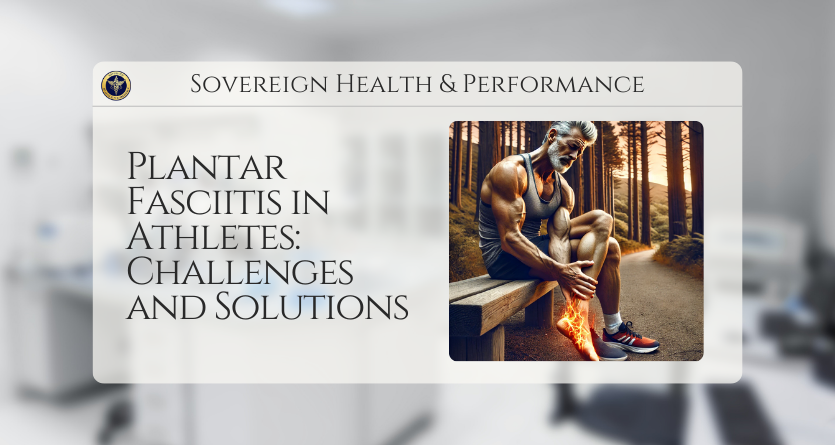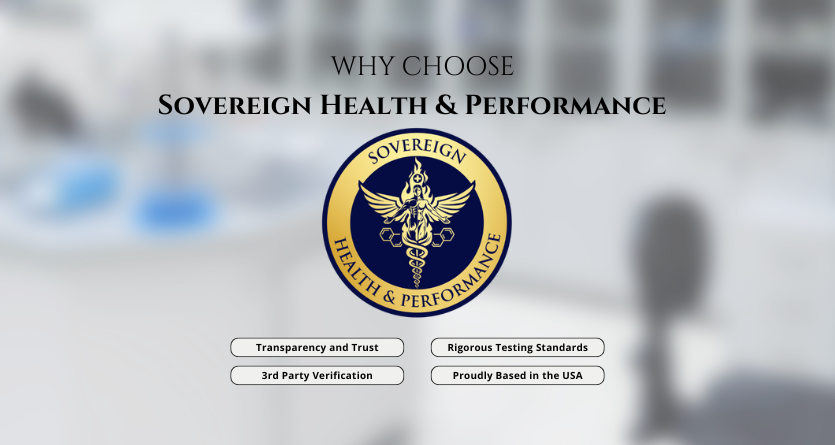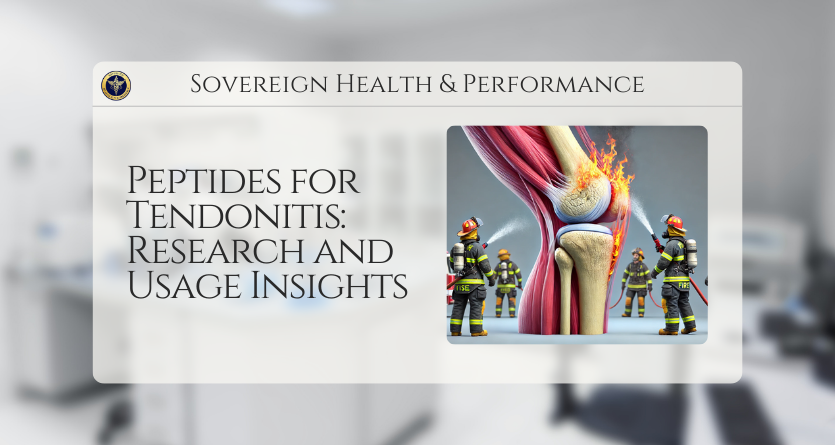16Nov
16Nov
Peptides 101: Peptide Research and Its Future Potential
Peptides 101: Peptide Research and Its Future Potential Peptides are among the most exciting frontiers in modern biological and medical research. These small chains of amino acids act as the body’s messengers, regulators, and repair signals, influencing everything from metabolism to tissue healing. Although most peptide...
16Nov
Storing Peptides Like a Pro
Storing Peptides Like a Pro TL;DR Store peptides cold, dry, dark, and undisturbed. For long-term storage, use −80 °C (and buffer against frost-free cycles). Aliquot into single-use vials to avoid freeze–thaw cycles. Let vials warm to room temperature before opening to prevent moisture contamination. Store peptides dry whenever possible; solutions degrade...
16Nov
Peptide Research and FDA Approval
Peptide Research and FDA Approval Peptides are short chains of amino acids—essentially miniature proteins—that act as highly precise messengers inside the human body. They regulate healing, metabolism, hormones, inflammation, immune function, and countless cellular processes. Because of their high selectivity and generally excellent safety profiles, peptides...
16Nov
The Science of BPC-157 + TB-4
The Science of BPC-157 + TB-4 Introduction Within the expanding field of peptide research, two compounds continue to draw significant scientific attention for their potential roles in cellular repair, angiogenesis, and tissue remodeling: BPC-157 and Thymosin Beta-4 (TB-4), often studied in its synthetic fragment form known as...
16Nov
What Is BPC-157?
What Is BPC-157? Introduction BPC-157, short for Body Protection Compound-157, is a synthetic peptide derived from a naturally occurring protein sequence found in gastric juice. It has become a prominent subject of preclinical research for its potential roles in cellular regeneration, angiogenesis, and tissue stability. While it...
16Nov
What Is GHK-Cu?
What Is GHK-Cu? Introduction GHK-Cu (glycyl-L-histidyl-L-lysine–copper) is a naturally occurring copper-binding tripeptide first identified in human plasma in 1973. It has since been studied extensively in preclinical models for its roles in cellular repair, gene expression modulation, and tissue remodeling. While GHK-Cu is often mentioned in anti-aging or...
16Nov
What Is Ipamorelin?
What Is Ipamorelin? Introduction Ipamorelin is a synthetic pentapeptide belonging to the class of growth hormone secretagogues (GHSs). These compounds stimulate the release of growth hormone (GH) through activation of the ghrelin receptor, also known as the growth hormone secretagogue receptor (GHS-R). Activation of the GHS-R is...
09Feb
Performance Spotlight: Ipamorelin
Performance Spotlight: The Rise and Regulation of Ipamorelin in Athletic Performance Table of ContentsEmergence of Ipamorelin in the Athletic SceneAddition to the WADA Banned ListUses of Ipamorelin by AthletesPerformance Enhancement and RecoveryInjury Prevention and HealingAdditional Benefits of IpamorelinPharmacokinetics: Half-Life,...
09Feb
Performance Spotlight: BPC-157
Performance Spotlight: BPC-157. From Athletic Enhancement to Regulatory Scrutiny Introduction to BPC-157 BPC-157, a peptide derived from a protein in the stomach, gained popularity among athletes for its potential benefits in enhancing performance and recovery. Despite its initial acceptance, its inclusion on the banned substances list marked...
09Feb
Transform Your Life with 75 Hard and Peptides
Transform Your Life with "75 Hard" and Peptides: What the research says for Middle-Aged Individuals Looking to Shed Weight Embarking on a fitness journey can be daunting, especially for those who have struggled with weight and fitness issues for years. Maybe you are shaking off a...
09Feb
Plantar Fasciitis in Athletes: Challenges and Solutions
Plantar Fasciitis in Athletes: Challenges and Solutions What is Plantar Fasciitis? Plantar fasciitis is a common condition involving inflammation of the plantar fascia, a thick band of tissue running across the bottom of your foot, connecting your heel bone to your toes. This condition causes pain in...
09Feb
Testosterone Replacement Therapy (TRT) and Shrinking Nuts
Testosterone Replacement Therapy (TRT) and Shrinking Nuts Introduction Testosterone Replacement Therapy (TRT) is widely used to treat men with low testosterone levels, a condition known as hypogonadism. While TRT can significantly improve quality of life by restoring energy, mood, libido, and muscle mass, it comes with one...
09Feb
The Impact of Growth Hormone Levels on Athletes as They Age
The Impact of Growth Hormone Levels on Athletes as They Age (And What Can Be Done About It) Introduction Growth hormone (GH) is a crucial component in the body’s growth, metabolism, and overall physical health. For athletes, GH levels significantly influence performance, muscle mass, strength, endurance, and...
09Feb
How Systemic Inflammation and Stress Influence Mood and Depression
How Systemic Inflammation and Stress Influence Mood and Depression Systemic inflammation and stress are closely intertwined and can have profound impacts on mood and depression. Chronic systemic inflammation, often resulting from prolonged stress, leads to the release of pro-inflammatory cytokines (small proteins that play a role...
09Feb
Why Choose Sovereign Health and Performance: Ensuring Purity and Authenticity of Our Peptides
Why Choose Sovereign Health and Performance: Ensuring Purity and Authenticity of Our Peptides Ensuring Purity and Authenticity of Our Peptides There's a lot of subpar products on the market, and we know because we've tested a wide range from over a dozen manufacturers. We've discarded thousands of...
09Feb
Achilles Tendonitis in Runners and Athletes
Achilles Tendonitis in Runners and Athletes The Mythic Achilles and the Tendon’s Name Achilles was a hero in Greek mythology, best known for his role in the Trojan War. According to legend, Achilles' mother dipped him into the River Styx as a baby, making him invincible wherever...
09Feb
Peptides for Tendonitis Research and Usage Insights
What is Tendonitis? Tendonitis is when a tendon (the tough, fibrous tissue that connects muscles to bones) becomes inflamed or irritated. This usually happens because of repetitive motion or overuse. Common areas where tendonitis occurs are the shoulder, elbow, wrist, knee, and Achilles tendon. Symptoms include...
09Feb
Peptides: A Solution for Chronic Inflammation from Injuries and Intense Training Regimens
Peptides: A Solution for Chronic Inflammation from Injuries and Intense Training Regimens Chronic inflammation is a persistent, low-level inflammatory response that can lead to various health issues, including impaired recovery from injuries and the physical stress of intense training regimens. Recently, peptides have emerged as promising...
09Feb


